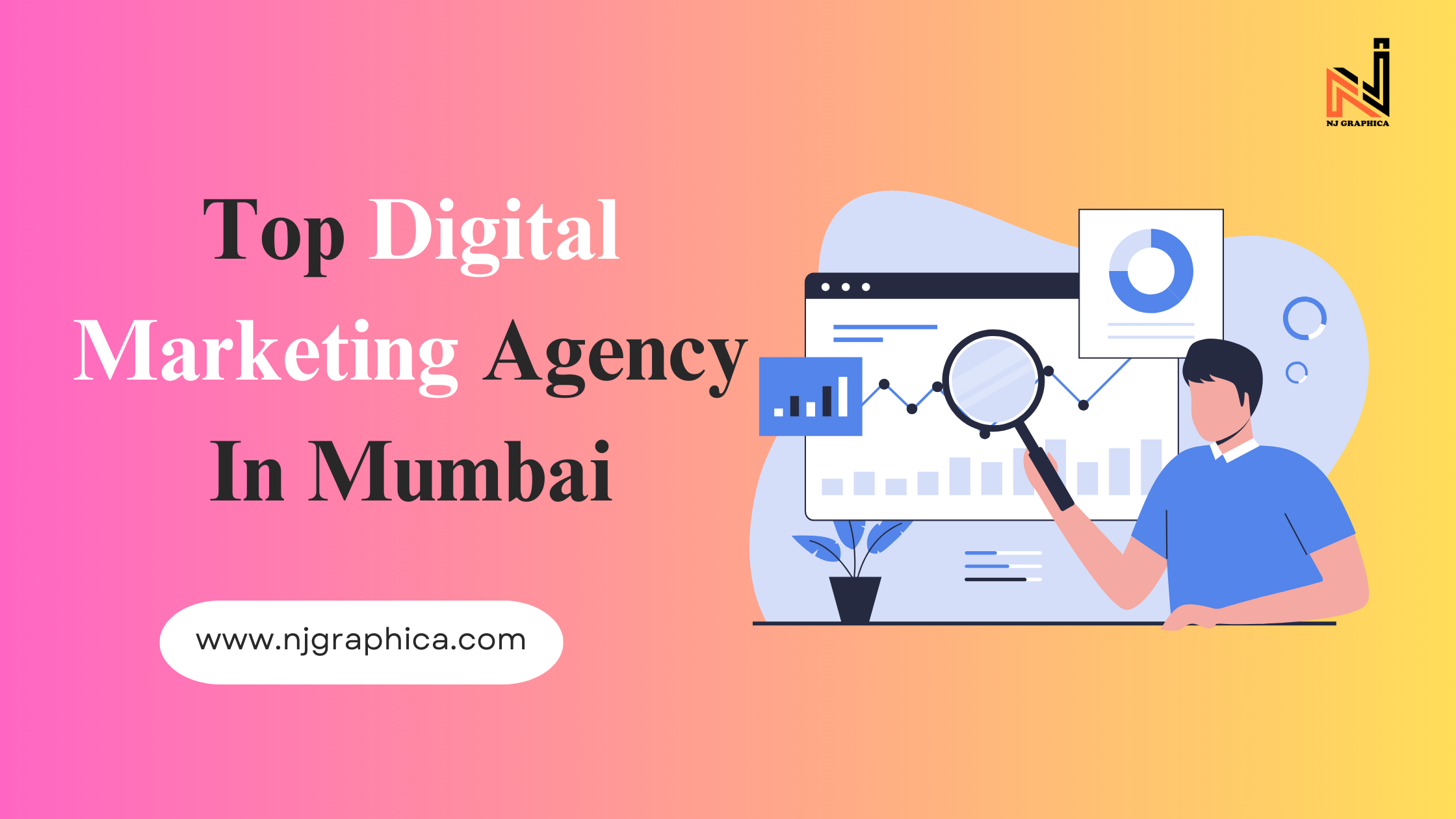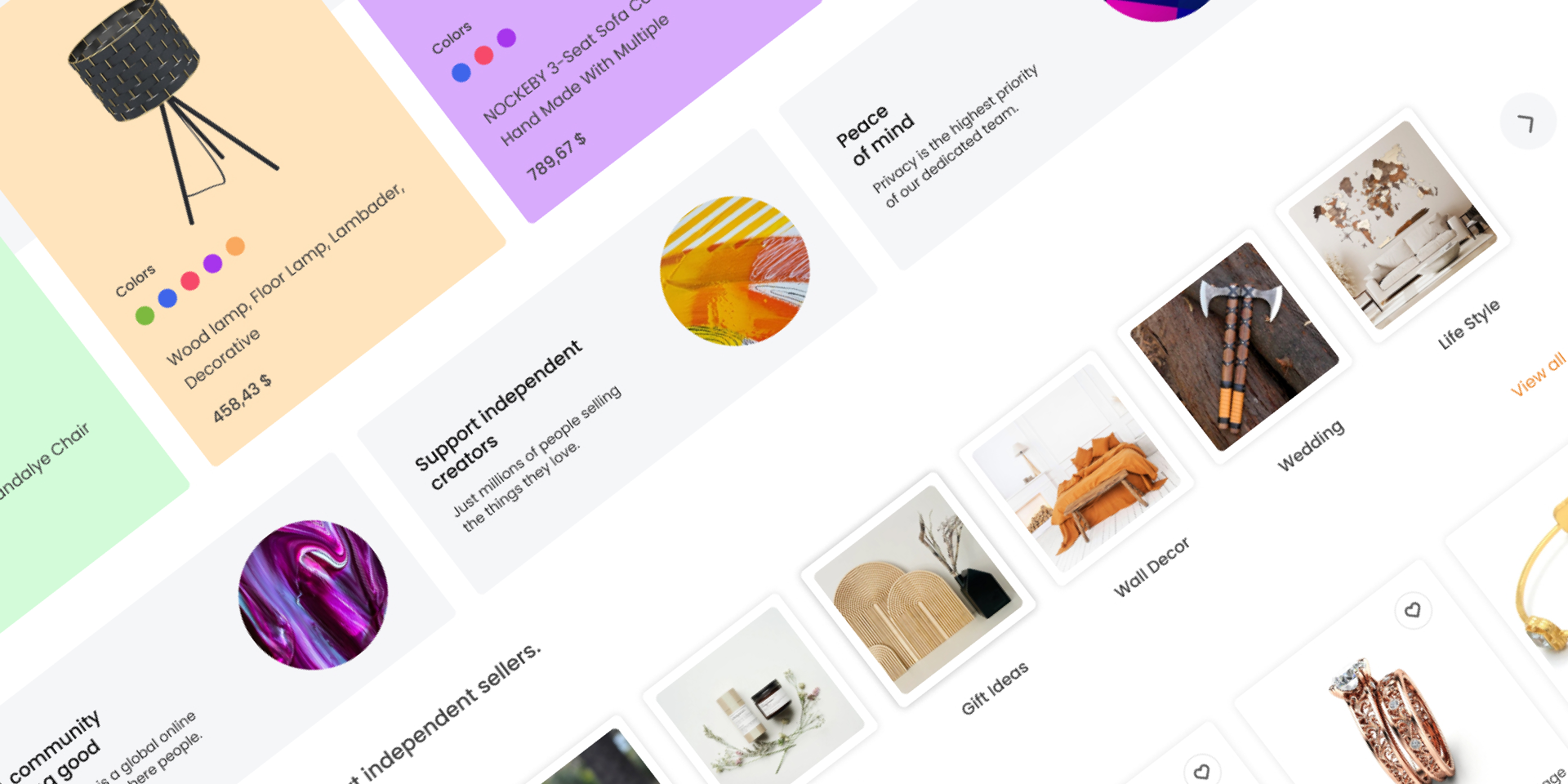2024 Facebook Ads Cost Benchmarks: What You Need to Know Before You Pay
Do you want to grow your business through Facebook ads in 2024? With more than 3.07 billion daily active users, Facebook offers businesses an excellent opportunity to connect with potential users and build brand awareness. But how much does Facebook Ads Services cost? How can you set your budget for the Facebook ad in 2024 that will help you grow your business? It is essential to understand the complete Facebook ads cost benchmarks if you want to achieve heights of success in 2024. Facebook ad pricing depends upon the demand of the Facebook audience. More demands lead to more costs, so what is the right strategy to use on Facebook ads to beat the competition and reach the target audience? Here, you will understand the detailed insights about Facebook ads that will help you set the appropriate budget for your business. Also, you will learn some proven tips on reducing the cost of Facebook ads without compromising the results. So, stay connected with us.
How Does the Facebook Ad Auction Work?
Facebook ad auction is a process in which Facebook determines which particular ad will be displayed to the user and at what cost. Millions of Facebook auctions operate daily to display the right ads relevant to the target audience. To understand the entire Facebook ad pricing mechanism, it is vital to be aware of the structure of Facebook ad auction. Although the advertiser defines the ad's target audience, people in their audience will still get visibility of that ad. First, advertisers need to win the Facebook ad auction. An advertiser with the highest bid wins the race and reaches the target audience.
How Much Does Facebook Ads Services Cost? The answer to this question is more complex, as Facebook's cost is affected by several cost metrics and varies according to industrial trends.
To gain accurate anticipation of Facebook ads costing, look at the vital cost components that play a crucial role in Facebook ad pricing:
Cost Metrics of Facebook Ads
Cost Per Thousand (CPM)
CPM, or cost per mile, also called cost per thousand, is a cost where the advertiser has to pay for per 1000 views or impressions. Impressions on the advertisement state the number of times your ad is shown to the audience. The study revealed that the average cost CPM across all industries is $8.70 based on the sample figures from Facebook ad accounts targeting the US( United States).

Cost Per Action (CPA)
CPA, which stands for Cost Per Action, is the specific price an advertiser needs to pay when a user clicks on the website through a Facebook ad. Wordstream insights revealed that Facebook Ads's average CPA is $19.68 across all industries.

Cost Per Lead (CPL)
Cost per lead, or CPL, is an advertising pricing mechanism where advertisers pay a settled cost for each generated lead. Revealbot.com revealed that the average Facebook CPL in March 2024 was $8.01.
Cost Per Like
Facebook ads' cost per like states the cost you have to bear on each click states in your Facebook ad. Nearly 62 percent of businesses pay only $1.00 per like, and the average price for every single like is between $0.00 and $0.25.
Cost Per Download (CPD)
The average cost of a Facebook ad per download is between $0.00 and $5.00 (for 72% of businesses). The price range of download depends on time, budget, industry, season, and other relevant factors.
So, these are the vital cost metrics you should understand before setting your Facebook ad budget. If you are not so good in technical aspects, you can take assistance from a digital marketing agency, as they are well versed in running online ads on digital platforms, so they can guide you or work on your behalf to boost your business via facebook ads.
Factors Affecting Facebook Ad Cost
Below are the several factors that affected the ultimate cost of Facebook ads:
Bidding Strategy
A bidding strategy lets you choose the ad medium based on your budget or business objectives. Three types of bidding strategies impact cost:
-
Spend-Based Bidding: In this bidding strategy, the advertiser instructs Facebook to attain maximum results within the set budget. This can be made possible by availing the lower average conversion cost or targeting the lowest number of high-value conversions.
-
Goal-based
In a goal-based bidding strategy, the advertiser tells Facebook to obtain the target conversion rate and spend the amount accordingly.
-
Manual Bidding
Facebook's manual bidding process allows advertisers to directly control how much they can pay for the ads displayed to their audience. Facebook automatically determines the specific bid amount based on the advertiser's campaign goals and budget.
The auction insights below unveil how the 'Automatic Bid vs. Manual Bid' strategy performs on the ad platform so you can easily choose the appropriate one.

Ad Format
The cost of Facebook varies according to the ad format. Facebook allows you to place an ad in different formats, such as image posts, videos or carousels. The type of ad format can influence Facebook ad costs; if you opt for a video ad, you may have to pay more than a graphic ad. The following chart helps you to understand which ad formats can bring great results for your business.
(Add Chart)
Here, short videos perform better than longer ads, and longer ad text can generate a higher return on ad spend (ROAS). However, you need to test all formats to make informed decisions. This way, you will understand which ad format best fits your ad objective and where you need to improve.
After testing all the formats, you can detect flaws, pause ineffective ads, and invest your money in ad formats that add value to your business. Hence, you can reduce the cost of Facebook ads and generate more leads.
Ad Placement
The ad placement platform influences Facebook pricing. There are multiple ad placement mediums on Facebook, such as stories, news feeds, and audience networks. Your ad payment depends upon the specific ad placement medium you select.
Target Audience
The particular audience you are targeting impacts your ad cost. Location, age, and audience preferences can decide your overall ad expenses. For instance, if you are targeting a highly populated city, that might cost more. Targeting a more specific or narrower audience may charge the highest cost, but it helps generate a higher conversion rate, facilitating accelerating business growth.
Season
Season or time of the year impacts the advertisement cost. For instance, if planning to advertise during the holiday season, like black Friday or Christmas, ad costs would be high due to the highest competition from other advisors.
Time of the day
The time of day impacts the cost of a Facebook ad. There are some particular times of the day when ad work is better. You need to figure out those profitable times of the day when you can run an ad and generate expected results.
Research suggests that the peak hours to run Facebook ads can be found at the following times:
-
Morning Rush 9:00 AM to 3:00 PM
-
Evening hours: 6:00 PM to 9:00 PM
Campaign Objective
The cost of Facebook ads is allocated based on the campaign objective or overall goal behind running the ad. These goals decide what action your audience will take when they find your ad, such as viewing our website or downloading an app.
Below is the list of performance goals you need to choose:
-
Ad reach
-
Leads
-
Landing page views
-
Link clicks
-
Impressions
-
2-second continuous video views
Every performance goal charges a different price. For example, you might select leads to generate sales at a higher price than impressions to encourage visitors to view your website. So, when deciding the ad budget, select the campaign objective and restrict your budget accordingly.
The above metrics, insights, and benchmarks are enough to understand how Facebook ad cost metrics operate and determine ad costing. Now, it's time to know how to reduce Facebook ad costs and set a pocket-friendly budget for meta ads.
So, finally, the wait is over! It’s time to read how you can reduce the cost associated with Facebook advertisements. If you generate more profits in 2024, then online advertisement is a powerful tool to grab a large audience. This is the reason many people connect with creative advertising agency professionals, as they are experts in creating high-quality ads with the right result-oriented strategy. You can find the best reputable digital firm for your business that provides digital marketing services. Back to the question, Let’s understand how to reduce costs associated with Facebook ads without sacrificing the results.
Ways To Reduce Cost Associated With Facebook Advertisement
Choose the Right Campaign Goal
Pick a suitable campaign goal while creating the ad. Facebook asks you to choose the campaign objectives from the 6 goals listed below:
-
Awareness
-
Traffic
-
Engagement
-
Leads
-
App Promotion
-
Sales
Be careful while selecting the performance goal. Choosing the wrong objective may cost you higher prices with no returns. For instance, you should go for the 'sales' goal if you want to generate leads. On the other hand, if your realistic goal is to create brand awareness, and you select the 'sales' option instead of 'Awareness,' your campaign becomes ineffective, so first set a clear goal for your ad campaign before setting the budget.
Target Narrow Audience
Narrow down your target audience to get more reach and conversion. When your audience scale is smaller and more relevant, you will have more chances to grab more conversions.
Pick the Right Bidding Strategy
Choosing the right bidding strategy based on your campaign goal and budget can help you reduce your Facebook costs. Test several bidding strategies, such as cost per click, cost per mile, and cost power action, to find the most cost-effective option for your objective.
Ad Quality
Create compelling and engaging ad copy using catchy taglines and high-quality visuals. Ensure the ad quality aligns with the target audience's interest and brand value. Quality posts or videos will help attract customers, increase engagement, and provide profitable results.
Ad Frequency
It is vital to manage the ad frequency to cease reputation. If a user sees the same ad several times, they lose interest, and you will end up with no conversation.
Facebook provides a feature for managing ad frequency by dividing impressions with reach. If you notice your frequency score goes above 2 or 3, your ad is displayed to the same people repeatedly. Upgrade your ad with new videos, text or visuals to eliminate this repetition. There is no requirement to change the entire ad, but tiny changes can bring significant differences.
A/B Testing
A/B testing is a powerful experiment that helps you to compare the two versions of ad strategy by modifying ad components such as text, video, audience, format, placement, etc, to know which ad is more appealing to the users.
Conclusion
Facebook is one of the cheapest mediums to reach the target audience. It is an audience-oriented platform where you can find people with different interests, income levels and demographics. With a billion users, you can present your brand product or service in front of your target users in seconds. Even the social media insights show that in 2024, the average CPC for LinkedIn is $5.26 and for X (formerly Twitter) at $0.38. Facebook placed second with an average CPC (Cost per click) of $0.97.
Facebook ads are all about testing and improvements. To master Facebook ads and plan a strategy to reduce the budget for ads, you need to test different ad campaigns and creatives, compare their performances, detect weaknesses, and ultimately frame a winning ad strategy within your reasonable budget.
Supercharge your business with targeted Facebook ads in 2024 and set a realistic budget according to the given benchmark to reach a wide audience. If you have any queries or need assistance running a Facebook ad campaign, connect with the best digital marketing agency suitable for your online marketing needs.





 1 year ago
1 year ago





Comments